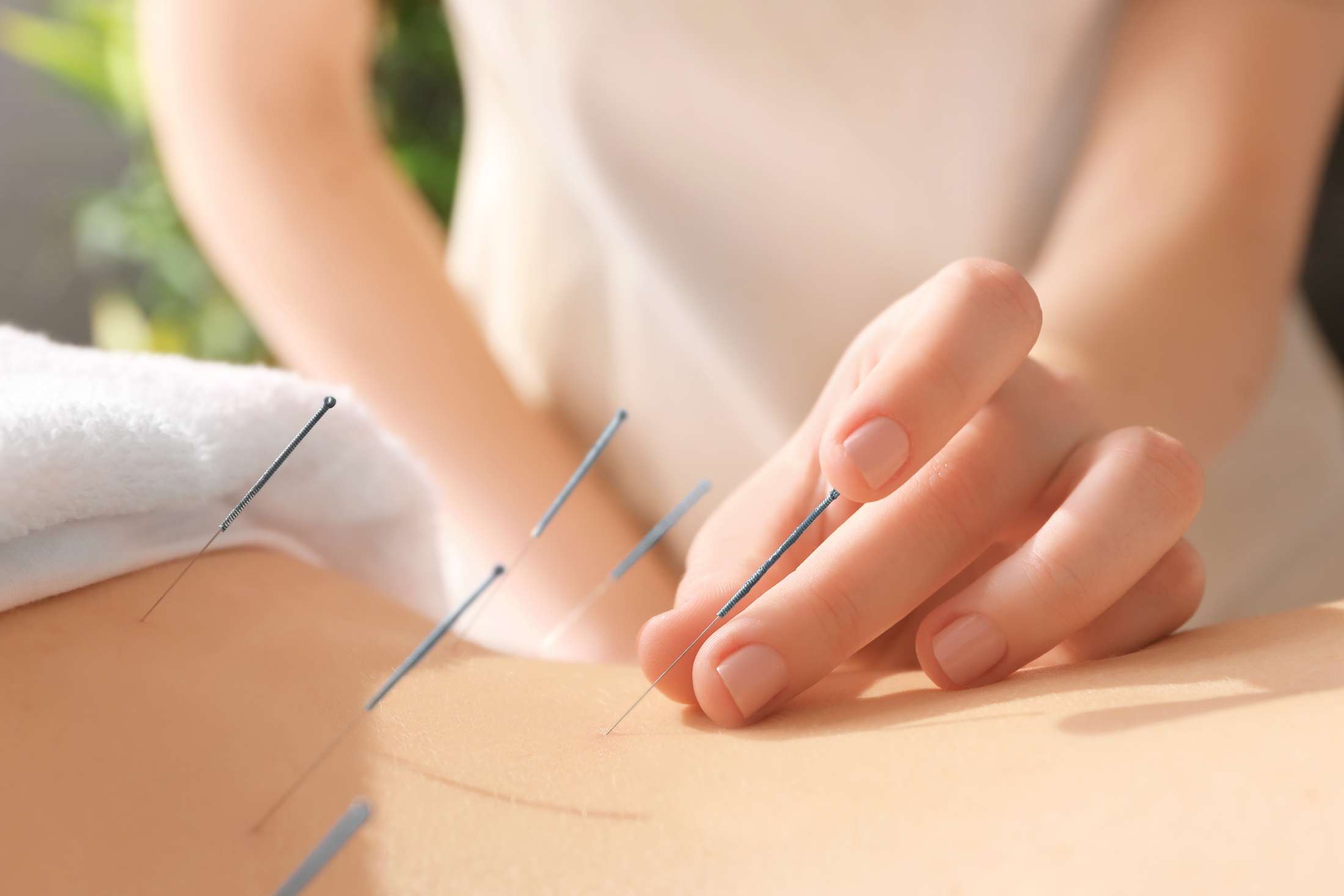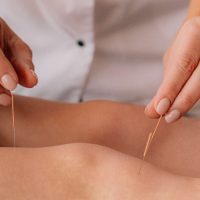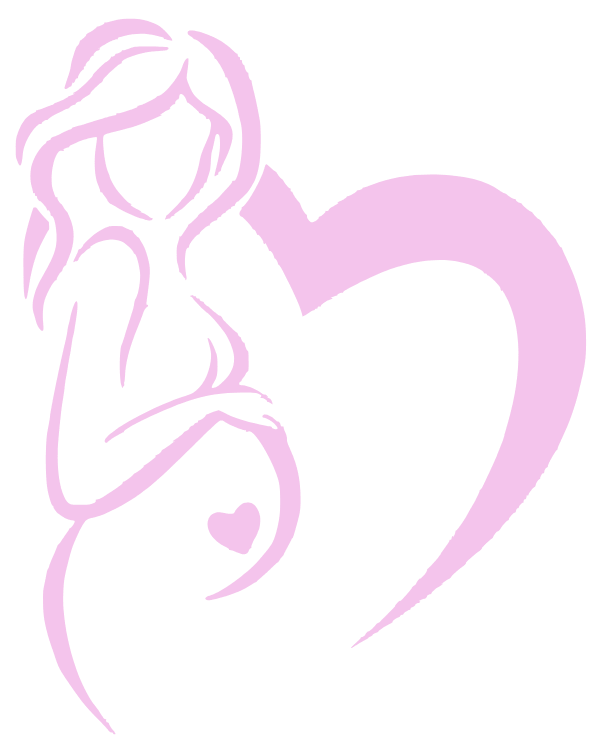
Endometriosis is a multifaceted, complex condition. Often there is a need for more support as many women find themselves wanting to better manage the pain and associated symptoms. As the number of good quality studies increase, the understanding of how acupuncture helps endometriosis and period pain is improving. Acupuncture is now recognised by the Endo-Australia organisation as a pain relieving treatment that improves women’s quality of life.

What is Endometriosis?
Endometriosis is a diagnosis given to women who are found by a laparoscopy (as the ‘gold standard’) with endometrial-like lesions, or endometrial tissue growing outside of the uterus; its most common symptoms include:
- Pelvic pain that may or may not fluctuate in intensity through their cycle
- Painful intercourse
- Fatigue
- Abdominal bloating
- Pain when using the bladder or bowels
- Heavy, painful and/or clotted menstruation
- Infertility or sub-fertility
Endo affects around 15% of reproductive age women, and as many as half of these women have reduced fertility and almost all (70-90%) live with chronic pelvic pain.
After being diagnosed, a treatment plan is formed by a GP or specialist, generally this will involve medications for pain, cyclical hormonal control medications, pelvic surgery to remove the endo, pelvic physio, or a combination of all of these. However, even with these interventions many women find symptoms slip through the cracks and continue to cause issues. Pain may still be present, perhaps there is a need for management of the medications side effects or perhaps they cannot tolerate medication all together.
Some women may be trying to conceive with an endo diagnosis, in these instances cyclical control (contraceptives) are not indicated, woman are looking to protect their ability to conceive, but also need to manage their pain. They may need to wait to be seen by an IVF specialist, and on average IVF waiting lists in New Zealand are one year, that’s a long time when daily pain and dysfunction rule a woman’s life.
In other instances, women don’t like to cover up their pain using medications to supress their natural hormonal rhythms, they understand the health benefits that the menstrual cycle can have for the body. They also may not want to undergo a surgery that carries a risk of damage to internal organs, involves recovery time, and has a recurrence rate of up to 40%.
These women are looking for ways to undo, and manage the inflammation and pain signals from within, this is where acupuncture can play a role.

How does Acupuncture help?
Acupuncture needles placed at specific points on the body activate sensory afferent nerve end plates and send signals to the brain. In response to this the body secretes a cascade of messaging chemicals that cause changes in the brain and internal organs.
Research on the benefit of acupuncture is ongoing. Its effectiveness and mechanism of action are becoming better understood as more high quality studies are carried out. Some of the current evidence supports these possible explanations:
- Acupuncture releases adenosine. Adenosine is an inhibitory neurotransmitter and has the action of calming the central nervous system and inducing relaxation and sleep. Adenosine also has a direct effect on the heart, reducing heart speed and improving blood flow to the heart, improving heart rate variability (shown to benefit mental health and promote the rest and digest healing function of the body). Adenosine also acts locally in an anti-inflammatory way. Adenosines function activates brain signals that regulate the gastrointestinal, and immune systems and reduces inflammation in the gut, as well as modulating pain signals.
- Another mechanism which has been recognised for years is that acupuncture releases naturally forming endogenous opioids (enkephalins and b-endorphins). These pain killing molecules are also associated with tissue healing. Other neurotransmitters that acupuncture up-regulates are serotonin, gamma-amino-butyric-acid (GABA), nitric oxide, norepinephrine and dopamine.
- Acupuncture stimulates the Hypothalamic-Pituitary-Adrenal (HPA) axis and promotes the body to function within the healing, autonomic parasympathetic nervous system (Aka. Rest and digest). Getting the body into this functional state is important to down regulating chronic inflammation and promote secretion of neuro-endocrine hormones that regulate many bodily functions, especially reproductive health..
- Acupuncture has a great antihistamine action and regulates pro-inflammatory molecules such as pro-inflammatory cytokines and pro-inflammatory neuropeptides that cause troubling symptoms.
- Acupuncture disrupts pain cycles from the internal organs to the brain. The nervous system can become over stimulated in chronic pain, causing perpetuated pain conditions. When the needles are inserted, they can modulate these pain signals through the action of neurotrophins (proteins), that have a regulating effect on neurons. This ultimately down regulates perpetuated pain signals going from the pelvic cavity to the brain.

How do Acupuncturists view endometriosis?
The language of Chinese medicine is ancient, and as such does not easily translate to the language of modern medicine. What does translate however, is the sophisticated understanding of intricate body systems and functional relationships.
When talking to the acupuncturist about your endometriosis you may hear terms like ‘blood stasis’, ‘cold stasis’, ‘cold in the uterus’ or ‘qi and blood deficiency’. This language equates to terms such as lesions, inflammation, neural hyperactivity, chocolate cysts, and hormone balance etc.
Because all woman have different and complex biology, the acupuncturist will search for the driving factors creating endo symptoms in each woman’s body, they will then aim to regulate the body using Chinese medicine principles.
Inquiry is made into many areas of the women’s health; How is her mood, digestion, sleep, temperatures, skin, mental function as well as menstrual symptoms. The acupuncturist will assess where blood is not flowing properly, where there are there high levels of inflammation, if the fluids are not correctly circulating through the lymph and if the gut health is driving disease.

What will a course of acupuncture for endo involve?
The treatment plan using acupuncture for endometriosis and period pain is generally delivered over 2-3 months, ideally at weekly and when needed, bi weekly intervals. This treatment plan is found to give the best results, and has the highest potential in altering the pathophysiology and biology involved with endo; in this study this acupuncture was found to gave pain relief for up to a year.
The sessions will range from between 50 to 70 minutes (the initial session being the longest due going over the women’s symptoms).
Home-based treatment and advice such as moxa, massage, dietary, exercise and meditation recommendations are given.
Acupuncture treatment is a very relaxing and nurturing experience. Most woman report relaxation, better sleep, improved mood and cognition, improved digestive function and energy levels after their treatments. If you’d like to read more about what an acupuncture treatment feels like with us take a look here…

What’s the evidence for acupuncture in the treatment of endometriosis?
A recent study conducted by Dr. Mike Armour from Western Sydney University Health Research Institute found that women in the acupuncture group had a 42% reduction in pain in just eight weeks of regular treatment. Additionally, the women’s endometriosis health profile questionnaire (EHP-30) reduced in scale over this time, showing improved quality of life.
In a systematic review by Yang Xu et.al (2017) also found acupuncture reduced endometriosis related pelvic pain and states “the current literature consistently finds that acupuncture yields better reductions in pain and serum CA-125 levels than do control treatments”

Start your acupuncture journey now!
At The House of Acupuncture, we work with woman to provide education in natural health methods of care, and provide pain relieving acupuncture to create a better endo experience overall.
We would love to chat to you further about what we do and how we can help.
Contact us today to make an appointment, or book online here.
References
Evidence Based Acupuncture (2019). Acupuncture: An Overview of Scientific Evidence. [online] Available at: https://www.evidencebasedacupuncture.org/acupuncture-scientific- evidence/
Cochrane S et al, March 2014 Volume 2014: 6 Pages 313—325 International Journal of Women’s Health https://www.dovepress.com/acupuncture-and-women39s-health-an-overview-of-the-role-of-acupuncture-peer-reviewed-fulltext-article-IJWH
Kong S et al, Volume (2014), Article ID146383, 16 pages Evidence-Based Comp and Alternative Medicine
Armour M, Dahlen HG, Zhu X, Farquhar C, Smith CA (2017) The role of treatment timing and mode of stimulation in the treatment of primary dysmenorrhea with acupuncture: An exploratory randomised controlled trial. PLOS ONE 12(7): e0180177.https://doi.org/10.1371/journal.pone.0180177
Endometriosis: diagnosis and management. WOMENS%20health/Endometriosis_%20diagnosis%20and%20management%20-%20bpac%20nz.html
McDonald J, Janz S. The Acupuncture Evidence Project: A Comparative Literature Review (Revised Edition). Brisbane: Australian Acupuncture and Chinese Medicine
Yang Xu et al, (2017) Effects of acupuncture for the treatment of endometriosis-related pain: A systematic review and meta-analysis (https://www.ncbi.nlm.nih.gov/pmc/articles/PMC5507497/)
Lim CED et al, Aust J Acupunct Chin Med 2009;4(2):12-17. Australian Journal Acupuncture and Chinese Medicine
MSD Professional version. Endometriosis http://www.msdmanuals.com/en-au/professional/gynecology-and-obstetrics/endometriosis/endometriosis
What role can complementary medicine play in managing endometriosis ? Updated: Sep 9, 2020https://www.endometriosisaustralia.org/post/2019/10/09/what-role-can-complementary-medicine-play-in-managing-endometriosis
 Acupuncture for Depression
Prev post
Acupuncture for Depression
Prev post


